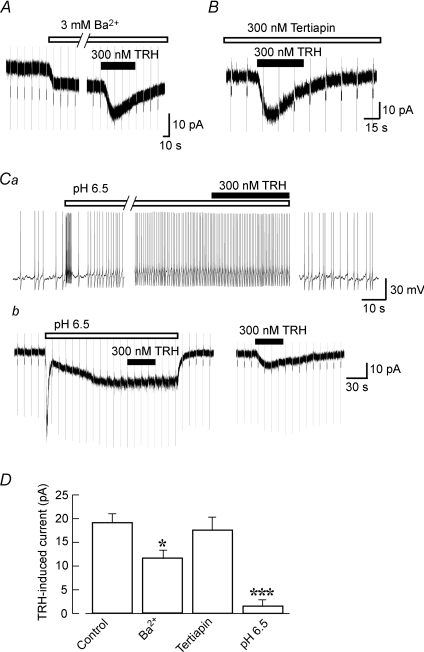Figure 4. Effect of K+ channel inhibitors on the TRH response.
Voltage-clamp recordings were performed at a VH of −50 mV. Hyperpolarizing step pulses to −60 mV and of 400 ms duration were applied every 10–15 s. A, the effect of 3 mm Ba2+ on the TRH-induced currents. Ba2+ itself induced an inward current which was accompanied by a decrease in the membrane conductance. B, the effect of the GIRK channel inhibitor tertiapin on the TRH-induced current. C, the TRH response under conditions designed to inhibit the pH-sensitive conductance. Application of an acidified solution (pH 6.5) increased action potential frequency under current-clamp conditions (a) and evoked an initial transient inward current, followed by slowly activating inward current, under voltage-clamp conditions (b). The TRH-responses on membrane potential (a) and membrane current (b) were recorded from different cells. After wash-out of pH 6.5 solution, TRH still induced an inward current in the same cell. Note that the TRH-induced current was fully blocked at an external pH 6.5. D, summary of the mean currents elicited by 300 nm TRH at a VH of −50 mV in the presence of different solutions and drugs. *P < 0.05, ***P < 0.001 compared with control. Each bar corresponds to 5–7 neurons.

